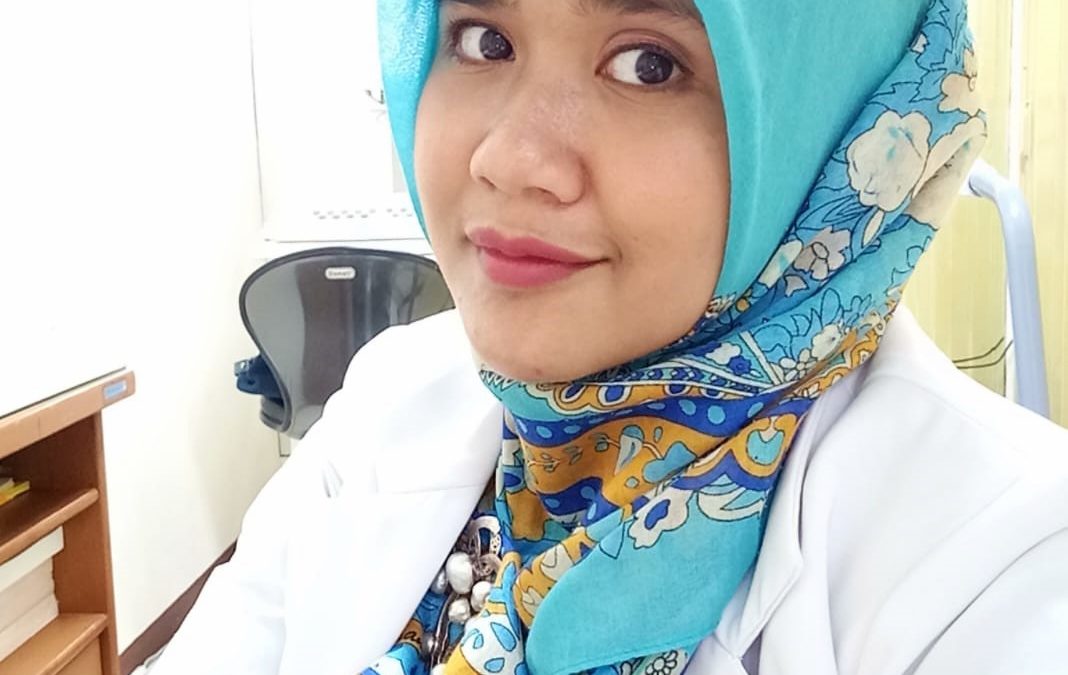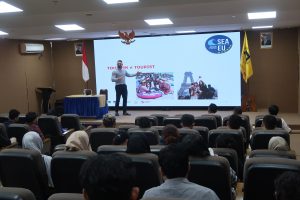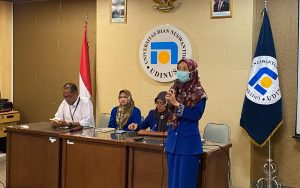The rainy season has come to a beginning, and it is about time for us to be cautious of diseases associated with the rainy season. A doctor and a faculty member at the Medicine Faculty at Universitas Dian Nuswantoro (Udinus), dr. Cynthia Arsita, M.Biomed., highlighted the importance of raising awareness about rainy season diseases, as well as provided the prevention steps.
The rainy season allows various disease-inducing microorganisms to emerge in our environment. According to dr. Cynthia, with this condition, numerous illnesses would emerge, including dengue fever (DBD), diarrhea, leptospirosis, skin diseases, and severe infection in the respiratory system.
“Some of these illnesses usually appear in puddles after a long period of heavy rain. These puddles will be a perfect place for the Aedes Aegypti mosquito, the prime cause of DBD, to reproduce. This rainy season indirectly contributes to the formation of puddles,” dr. Cynthia explained.
She also mentioned that diarrhea was also a serious threat, which is caused by polluted water. Floods and puddles often pollute clean water sources, allowing the risk of getting diarrhea to increase in this rainy season.
In addition, it is also important for us to be cautious of leptospirosis, which is caused by a bacteria called Leptospira. This is because the illness is infected through direct contact with water or soil contaminated with animal urine containing the Leptospira bacteria.
“We must be careful when walking near a puddle, especially when we have open wounds. If you were to accidentally walk on puddles, you must immediately clean the contacted area within your body using clean water and soap,” revealed dr. Cynthia.
Prevention to Minimize the Risk
Why does the rainy season bear so many diseases? This question often pops out from the public. The answer to this question would be that the rainy season creates an ideal condition for microorganisms to reproduce. These microorganisms often chose an environment with characteristics as follows: moist, puddly, and lack of direct contact with sunlight. These factors often push bacteria, viruses, and fungi to reproduce quickly.
Oftentimes, bad drainage systems also pollute the clean water supply, making us vulnerable to various illnesses, including diarrhea and leptospirosis. Furthermore, dr. Cynthia also emphasized the importance of preventing and reducing the risk of illnesses during the rainy season.
“Cleaning the environment, avoiding puddles, and maintaining our personal hygiene. I also suggest you clean routinely the water storage, use larvicides, and ensure the sanitation of food and drink,” suggested dr. Cynthia.
As for the DBD prevention, dr. Cynthia recommended the DCR method, which is an abbreviation of Drain, Close, and Recycle old things that contain water. To prevent leptospirosis, she advised to wear a pair of boots in flooding areas.
“Don’t forget to also treat your wounds with antiseptic. Moreover, if you experience fever, don’t ever hesitate to visit the nearest health facilities for checkups to prevent serious complications,” she added.
The Importance of Raising Public Awareness
In addition to cleaning the environment, dr. Cynthia also stated that it was also important to raise public awareness. Both the government and health facilities hold big roles in delivering information concerning rainy season diseases to the public. On top of that, dr. Cynthia proposed to host a campaign and give larvicide as a proactive step.
“The rainy season is indeed inevitable, but with the correct education and prevention, the risks can still be minimized. Let us keep our environment clean and healthy to get through this rainy season safely and securely,” dr. Cynthia concluded. (Humas Udinus/Alex. Foto: Humas Udinus)







